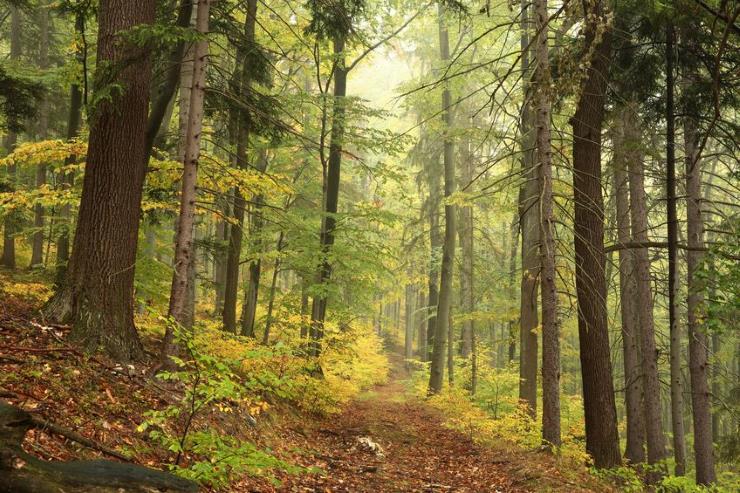As a kid, I remember, I was fascinated with how a tree can grow from a tiny seed. I wondered where their bodies came from and how trees get their mass if it obviously is not stored in the seed? My assumption at the time was that all that stuff must come from the soil, but damn, I was wrong.

Years later, when I studied biology, I learned that Jan Baptist van Helmont, a Dutch scientist, tested a similar thought in the 17th century. The idea that parts of the soil eventually becomes the plant, was the prevailing view during his time. To test it, he planted a willow in a pot and weighed the dry soil and the sapling beforehand. He let it grow for several years and weighed them both again.
Though the willow had gained a lot of weight, the mass of the soil hadn’t changed. Van Helmont concluded that trees do not grow from the soil after all, and he was right. So far, so good, but since the only thing he added to the pot was water, he concluded that trees get their mass from water. Oh, well. A bright idea, but a wrong one.
You might also like: Do plants “scream” when they do not have enough water?
So, where do the body of trees and other plants come from, if not from the soil or the water? Interestingly, all the material that the body of trees consist of actually comes from the air. How is that possible?
Trees build their bodies from carbon dioxide
As a brief reminder, plants are mostly made of materials that contain a lot of carbon and slightly less oxygen, such as cellulose and starch. And where does all this oxygen and carbon come from? I bet that you already have an idea.
That should be no surprise that trees are good for the climate because they absorb greenhouse gasses, CO2, explicitly. But where does it go after being absorbed? CO2 is either used for energy or as a building material for the plant tissue.
That means that trees are literally taking carbon out of the atmosphere and storing it as wood. That is why, I suppose, gadgets that claim to remove CO2 and store it as a material receive a lot of criticism on crowdfunding platforms. Even if engineering becomes advanced enough to turn CO2 into carbon fiber (I’m sure it will), we will still have a storage problem. See, a tonne of CO2 contains enough carbon to fill four ship containers with pure carbon fiber, and we’d need to store billions of containers if we are to achieve our set climate goals.
That, of course, would be a neat solution. Imagine a device that could take up CO2 from the atmosphere and turn it into, let’s say, a building material. The thing is, trees been around for a few hundred million years, and their efficiency will be hard to beat for years to come.